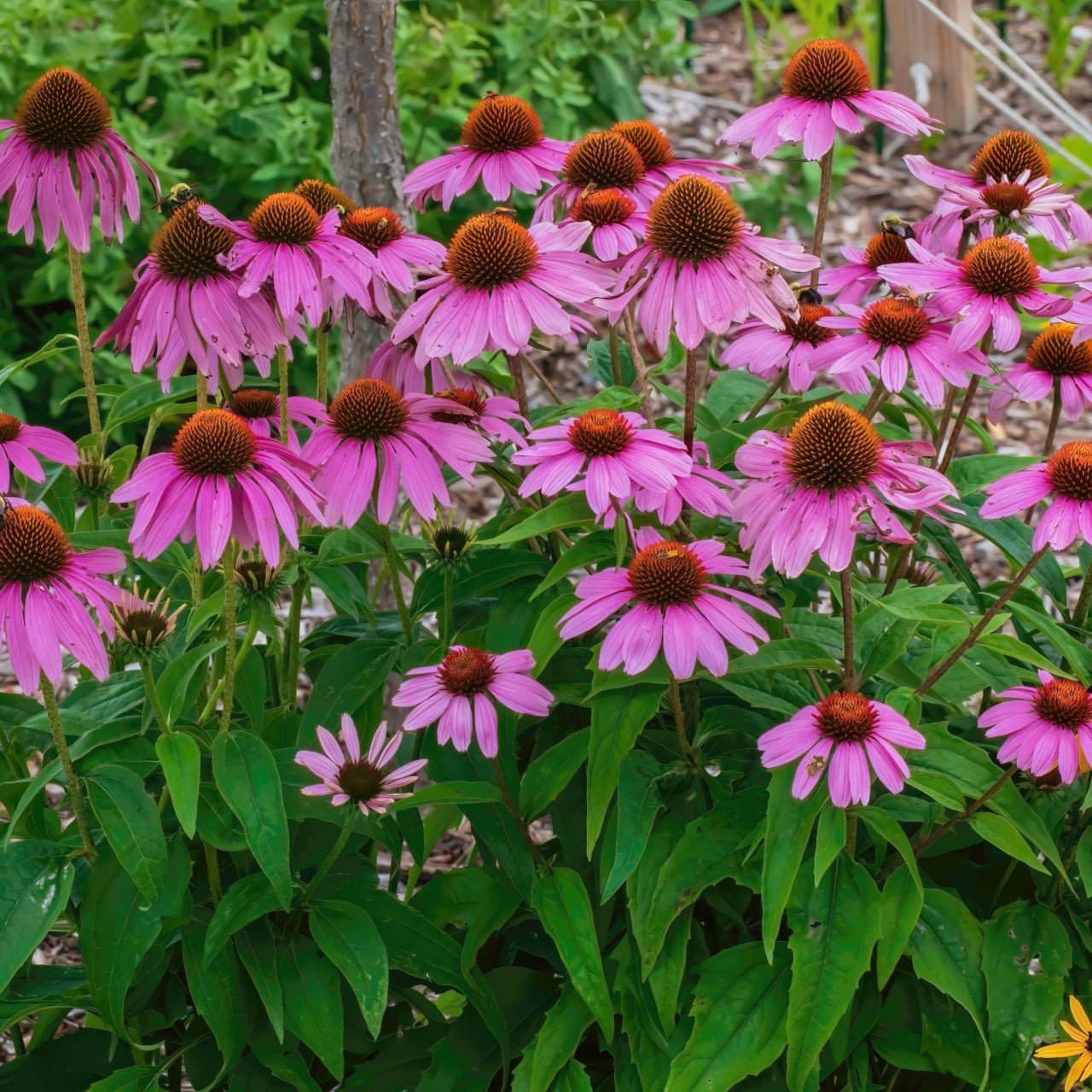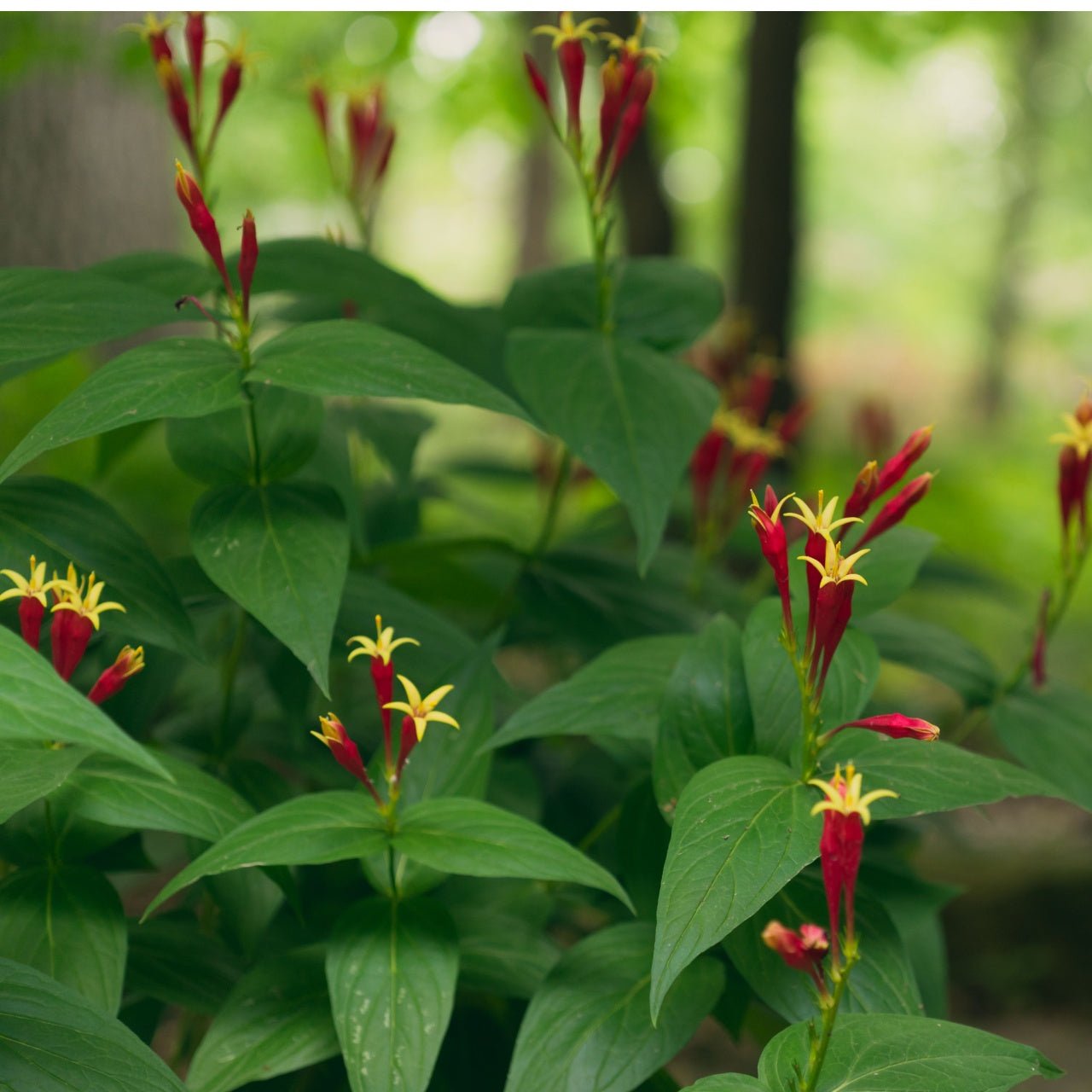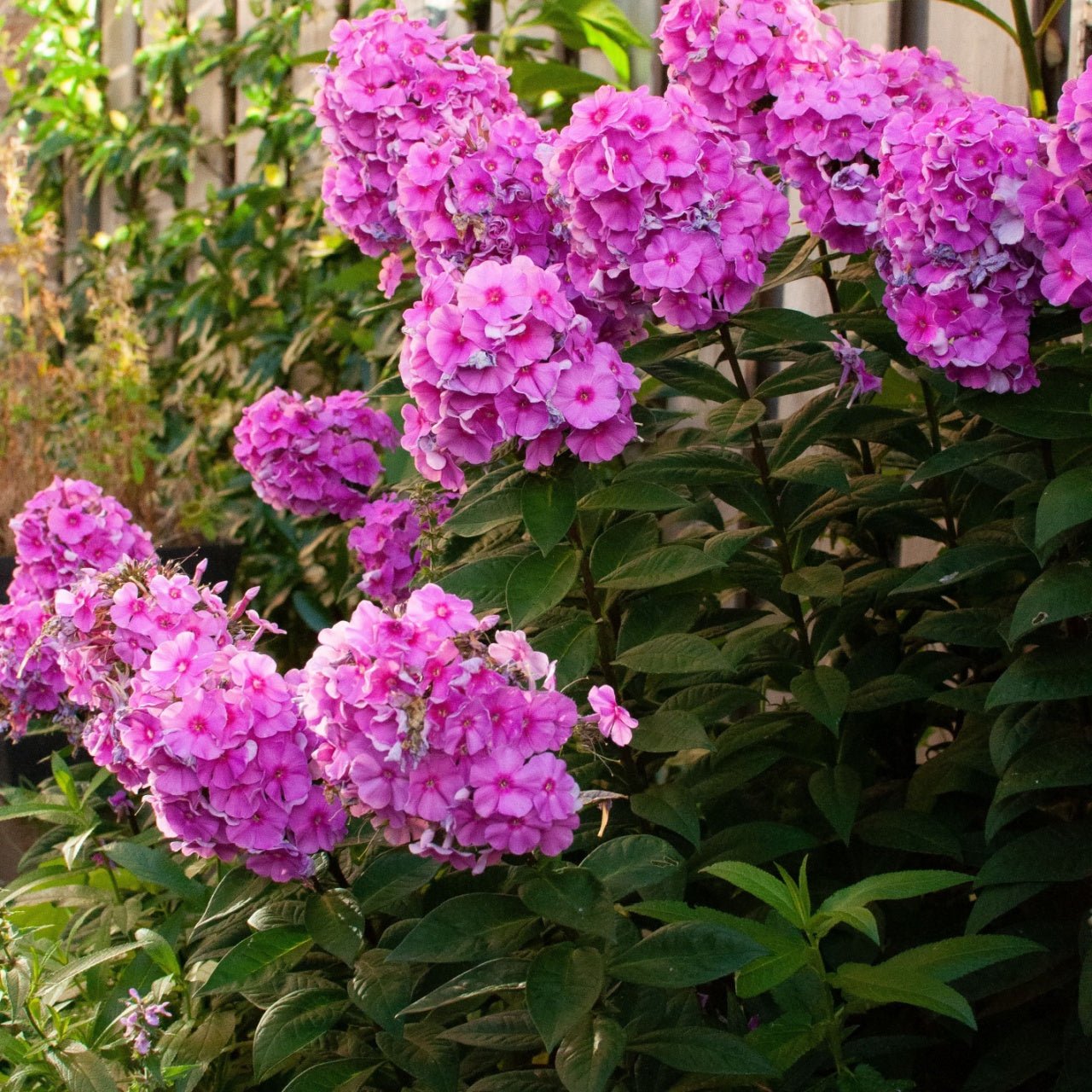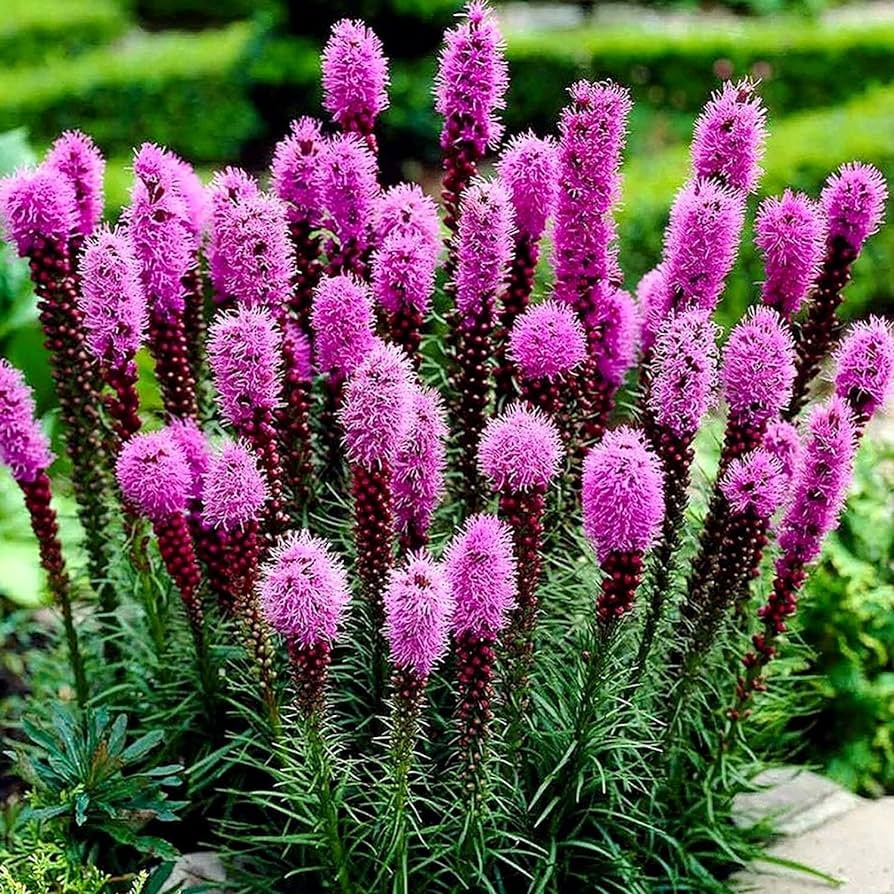Filters
Your summer flowers don’t always need to die by the end of summer. Painting the autumn scenery with a splash of color and giving fresh breath to a late-season landscape is the way to enjoy the beauty of fall. Unlike annual plants, fall flowers are known to thrive in cooler regions, ensuring your garden stays beautiful even during fall. Fall blooming perennials are resilient, eco-friendly, and cost-effective, guaranteeing a colorful and vibrant garden throughout the seasons.
Benefits of Fall Blooming Flowers
In addition to prolonging the season of color in your garden, these outdoor winter plants have more to offer:
- Prolong Garden Color
Fall blooming perennials make it possible for your garden to be brimming with colors and sweet scents beyond just the summer months. Low-Maintenance – Fall flowers are hardy, easy to care for, and suitable for cooler temperatures than their summer counterparts. Attract Pollinators – Even in the chilly months when food aids are scarce, perennials that bloom in late summer and early fall make provision for food, shelter, and habitat for pollinator insects.
Choose the Best Fall Blooming Perennials
- At TN Nursery, we offer an array of outdoor winter plants and fall bloomers in different shapes, colors, sizes, and sun exposure levels. Whether you want your garden to glow with tall, bright yellow blooms or admire the beauty of low-growing, dainty flowers, we have a plant for you. Among the stars of the fall garden, we have the Cardinal Flower.
- These flowers boast a vibrant red and feature tall, erect stalks. Their beauty and elegance are tough to beat. We also have the ever-loved Redbud Tree, which features heart-shaped leaves and beautiful purple-lilac-colored blooms. These delicate flowers are a perfect addition to your fall garden. Other favorites are the Lily of the Valley, Red Maple Tree, and Bloodroot Plan. Explore our fall-blooming perennials collection and maintain a stunning, vibrant bloom all year round.

















